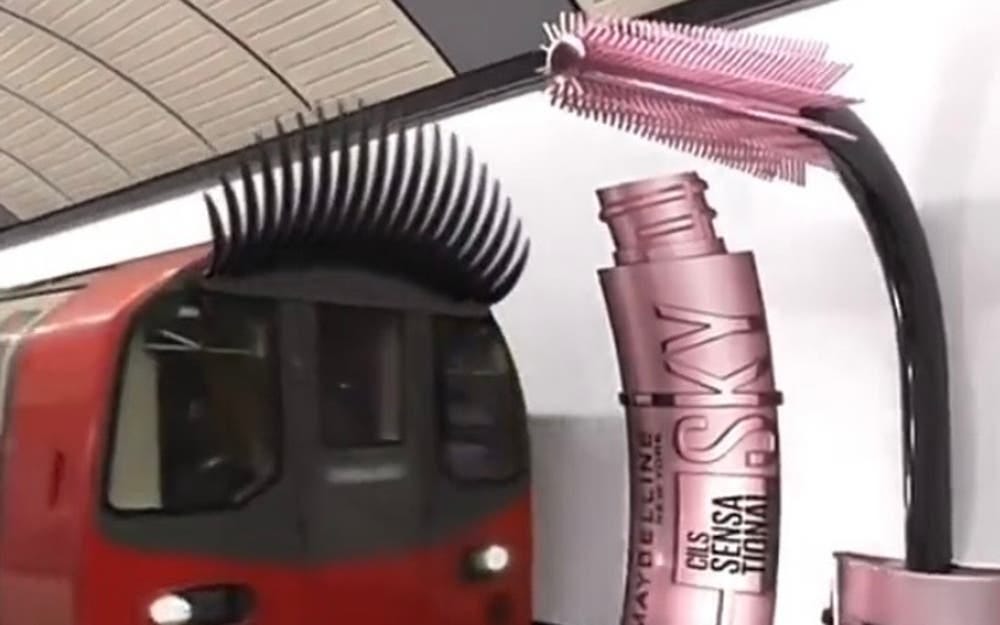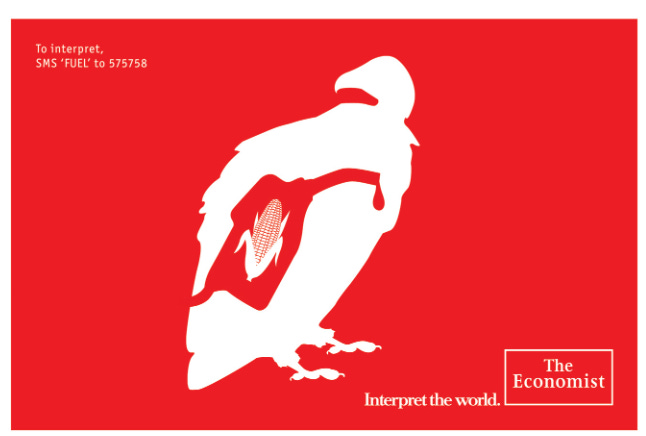MarketingDojo #81: 👀 Unseen is Unsold 🛍️
4 Types of Attention, Shopee and YouTube are new BFFs, A day in the life of Lewis Hamilton.
Welcome to the 81st issue of the Marketing Dojo! 🎉
Your inbox is packed, so I genuinely appreciate you taking the time to read this.
Let’s kick off with a question: How much would you pay before saying, "Enough is enough?"
That’s the essence of price elasticity—a true test of brand loyalty. Last week, YouTube decided to test mine with a $10 hike to my Family Premium membership—a whopping 58% increase! 😳
Did you feel the sticker shock, too?
Typically, companies take a gradual approach to price hikes, easing customers into the new normal. But YouTube skipped the pleasantries and went straight for the jugular. Needless to say, I have thoughts (none of them good), but this move also got me more invested in Google’s ongoing antitrust lawsuit.
Today, we will cover:
💥 The Fantastic Four of Attention
🏆 Creative Excellence: SAP’s Swagger
🤝 YouTube x Shopee: Indonesia’s New Power Couple
📈 How to Increase Influence with Sensory Language
And more.
A quick request before we dive in - If you haven't already, consider subscribing to the Marketing Dojo. Every week, I share the best marketing news with you in an easy-to-read format. Sign up and join the gang!
Enjoying the Marketing Dojo? Spread the love by sharing the newsletter today.
Now, let's kick off this week's marketing wisdom...
The Science of Attention.
Unseen is unsold.
Study after study confirms that attention is linked to performance metrics—ranging from awareness to purchase intent. Yet, attention doesn't get the spotlight it deserves in most marketing conversations.
I recently stumbled upon an excellent article by ATTN: on the four types of attention. It made me stop and think about how marketers could use this framework more effectively.
Here's a breakdown:
Instinctual attention is triggered by loud, flashy stimuli that grab your immediate focus.
For example, Maybelline's fake OOH in London features giant eyelashes and 3D mascara wands integrated into the city's transport system.
In the real world, Gentle Monster is the master of instinctual attention. For example, this pop-up is in their store—it looks CGI-generated but is 100% real.
Emotional Attention is earned when content resonates on a personal level.
For example, "The Bread Exam" is a creative breast awareness campaign in collaboration with Lebanese Breast Cancer Foundation, McCann Paris & Spinney's, a popular local grocery chain.
Cognitive attention is gained through content that presents a challenge or requires interpretation.
Example: Those brilliant Economist ads—designed to make you think and engage mentally.
4. Planned attention involves conscious, goal-oriented focus.
For example, users engage intentionally in Nike Run Club or Sephora's loyalty program because these programs align with personal goals in a gamified way.
The power lies in combining these attention types within a single campaign.
If there's one experiment you run this week, try this: evaluate your next webinar, newsletter, or ad for elements of instinctual, emotional, cognitive, and planned attention. It might just reveal why some campaigns work and others don't.
The Secret Potion of Sensory Magic.
The vibrant world of influencer marketing has exploded—much like the rich aroma of fresh coffee filling a cosy café. Influencers have a way of building trust that feels warm and personal, even when their endorsements come with the subtle sound of paid partnerships.
If you've noticed something different about my writing today, you can thank Prof. Jonah Berger's latest research.
In his study, "How Sensory Language Shapes Influencer's Impact," published in the Journal of Consumer Research, he explores how words that evoke sensory experiences can enhance the effectiveness of influencer content.
Sensory words tap into our five senses—sight, sound, smell, taste, and touch. Think of words like "crisp," "velvety," or "buzzing"—they create vivid imagery that resonates on a deeper level.
According to Berger's study, on average, influencers who use sensory words in their posts see a 10,000-like boost. That's a significant impact in a space where consumer trust is often fragile due to the prevalence of paid promotions. When influencers incorporate these words, their content feels more genuine—almost like they're genuinely savouring what they're promoting.
So, next time you work with influencers, consider sprinkling in a few sensory words. It might just make all the difference!
YouTube x Shopee: The New Power Couple in Indonesian Social Commerce
I shared a meme about YouTube’s strategy to break into the Social Commerce space a few issues ago. Rather than diving in solo, YouTube is finding strategic partners to test the waters.
Last week, YouTube announced a new partnership with Shopee in Indonesia as part of the YouTube Shopping Affiliate Program. This move allows content creators to tag and promote Shopee products directly in their videos. Viewers can now purchase items without ever leaving the YouTube platform, seamlessly connecting content with commerce.
Creators get paid for every Shopee product sold through their channel, making it a win-win for YouTube, Shopee, and creators alike.
Interestingly, Indonesia also served as the pilot market for TikTok Shop. TikTok invested heavily in onboarding sellers and offering training programs—making waves in the region.
So, why Indonesia?
Here are some quick stats:
In 2023, Indonesia’s eCommerce GMV reached a massive $53.8B—2.8 times the size of Thailand’s eCommerce market.
TikTok’s acquisition of Tokopedia has been a game-changer, giving TikTok + Tokopedia 39% of the market share, just shy of Shopee’s 40%.
A win in Indonesia could fuel this budding partnership between YouTube and Shopee across Southeast Asia.
In August, YouTube also partnered with Shopify under the same Affiliate Program. These alliances help YouTube monetize its platform while delivering value to creators—without the hefty cost of building an eCommerce business from scratch.
Smart move? I think so.
Creative Excellence: SAP's Humblebrag
One of the biggest challenges for B2B marketers is this: we work in incredibly important yet often overlooked sectors.
Think data centres, payroll systems, and supply chain management firms - You notice them only when things go dramatically wrong!
So, how do these brands create attention-worthy stories? According to an article by Attention Matters, marketers must approach their sectors as journalists or documentary makers. Start telling stories of the impact your brand creates.
Or, if you've got a multi-million dollar budget, you could take a page from SAP's playbook. What did they do? Casually asked their ambassador, Lewis Hamilton, to show off a lineup of brands that run on SAP. Talk about a humble brag!
Of course, pulling off this type of campaign isn't easy. All the brands featured had to agree to be part of the message, none could clash with Hamilton's other endorsements, and everything had to tie seamlessly into the broader story SAP wanted to tell.
Whether you have SAP's budget or not, telling stories of impact is a surefire way to breathe life into brands that often go unnoticed. And if you happen to be a ubiquitous solution like SAP, you've got a chance to make the story informative and cool.
Short Stuff
YouTube is now rolling out ads when you pause the video. (Enshittification of YouTube).
TikTok launches search ads. (TikTok comes for Google’s search ad business)
Amazon launched an AI-enabled video generator that was only meant to create ads. (AI where the money is).
That’s a wrap on this week. Thank you for your time and attention. If you liked this week’s newsletter or found something interesting, please give me a like ❤️ or drop a comment🗨️. Your support helps drive the newsletter's discoverability.
Regards,
Garima Mamgain
P.S:
I’ve always wondered—why does simply booking tickets for a holiday bring so much joy? The tickets are a big cost, and the experience is still far off, yet the anticipation fills me with happiness.
This year has been so demanding work-wise that I barely took any time off. But last weekend, I finally said, "Enough is enough." So, I booked tickets to China for a family holiday!
We’ll start in Shanghai and head south to Hong Kong via Shenzhen. I’ve been to Shanghai before, but it was mostly for work. This time, I’m excited about the incredible food, the high-speed trains, and the chance to practice my broken Mandarin.
If you’ve been to Shanghai or travelled through southern China on holiday, I’d love to hear from you! I don’t know anyone who’s been, so any tips or ideas are more than welcome.












Besides shock over a 58% jump in YouTube premium, did you decide to stay subscribed or to forego? That's the question. They are taking a gamble that most people will absorb the increase, just as people have for Netflix, Disney, LinkedIn, etc. As a family we continue to review all these automatically reviewed subscriptions on a regular basis as combined, they are no longer insignificant.
There are too many subscription but so little time and usage. netflix and disney+ price hike was not that significant so I stayed on. 58% is alot and thinking how much to utilise to make it's price worth. they should consider the price hikes against the other players first before implementing - focus group maybe?
I love your content! can I post on LI and credit you?